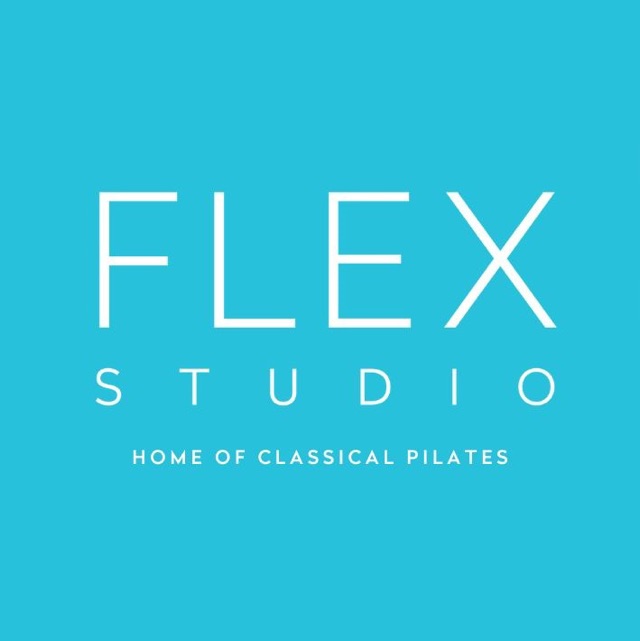
It looks simple, but the Hundred can be one of the most challenging exercises on the mat.
Originally called the Reach and Pull, the Hundred was Joseph Pilates’ first exercise in the mat work sequence, designed as a dynamic warm-up requiring co-ordination between breath and movement.
While it demands core stabilisation and strength, every muscle is involved and – when done correctly – ensures the Hundred really works its magic.
But due to its challenges, it’s a divisive exercise, too. There’s a lot to think about; lifting our legs, not letting bellies pop out, worrying about the neck, are the arms flapping too high? Too low? Too fast? Hold on …. where’s my turn-out gone?
Getting it right can take time. And it can seem to go on forever!
However, at Flex Singapore, help is at hand. We have asked the best in the business on how to nail this move once and for all.
“Work on curling up from upper abdominals,” advises Singapore Flex trainer Sofia Bosque, “only the bottom tips of the shoulder blades should still be touching the mat, with bottom ribs down towards the mat.”
Focus on stabilizing the whole body and only move the arms (initiate pumps from shoulder joint)
How much do we move arms up and down? “The range is small, but pumping is vigorous,” Sofia adds.
Flex co-founder Heather Thomas says the Hundred is a whole body movement designed to wake up the body through breath and reignite the basic movement patterns we all did as babies, when we tried to lift our body against gravity.
“So remember, your body knows how to do the Hundred already,” says Heather. “You need to access this in your neurological and muscle memory. Isn’t it reasonable to expect that a human being can lift their limbs off the floor against gravity? Breathe and say to yourself that you own this body.”
Here, Flex Studio Co-Founder Anna Serafinas Luk’s gives her top tips on doing the Hundred:
1) PLUG IN YOUR LEGS. It makes sense that you’re ‘reaching and pulling’ at the same time because it’s opposing energy in the reach of the arms and the pulling and plugging of the legs. Once you plug your legs into your hip sockets, it pulls you right back into your centre. But people are not reaching and pulling – they’re just lifting their legs. Those legs belong to you. So when you want to activate them, pull them in to naturally engage your glutes (butt).

2) BE CURIOUS. When it’s time to roll up, pretend you’ve never seen your toes before and you’re curious. Don’t overthink the neck and shoulders; just roll up and look at your toes. You’re a curious child. This way, everything lifts at the same time. It’s one body and it moves into the position at the same time.
3) TINY TURNOUT. This is known as the Pilates V. Toes are pointed and slightly turned out in a V; thighs and heels are pressed firmly together. This activates the inner thigh and at the same time, this small degree of rotation activates the glutes. That’s two big muscle groups actively working, so you’re not just using your neck and head. Quite simply, your legs and thighs can hold your body up.

4) ARMS ARE THE BREATH. The reaching of the arms gets your body above the gravity line, but it’s also to assist the breath. Essentially, the arm pumping movement once you start is designed to help keep you focused and dynamic in the breath. It’s not an arm exercise as such. It ensures you keep a pace…so don’t focus too much on the arms. It’s meant to be fluid and graceful.
5) LOOK UP, OR…? To protect the neck, always ensure the chin is parallel to the floor. For example, if you’re sitting up straight and looking directly ahead, that’s where your chin should be when in the Hundred.
6) CORE STABILITY. In order to feel the core activated, the lower back or lumbar spine has to stay anchored to the floor. You want an even curve in your spine. The balance of the curve is as high as your legs are. It’s a bisected line of symmetry down the whole of your body. NEVER HAVE AN ARCH IN YOUR BACK, as this will damage your back and you won’t use your core.
If the Hundred is done properly, expect stronger legs, better motor control and body balance control – and you will definitely improve core strength.
And don’t forget, smiling through those ten breath cycles definitely helps the love grow!

